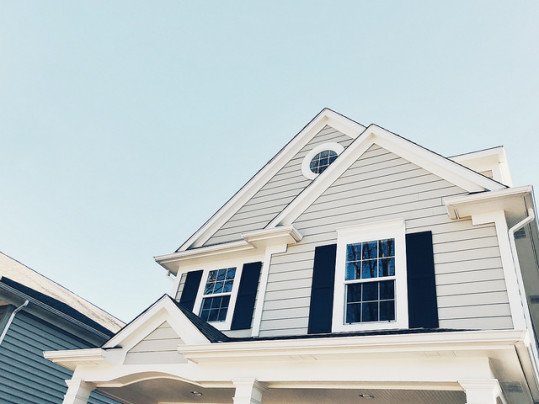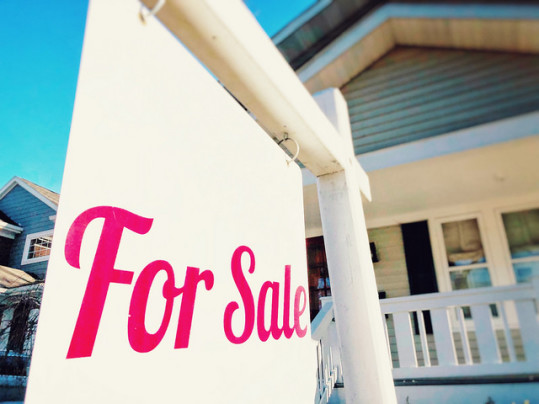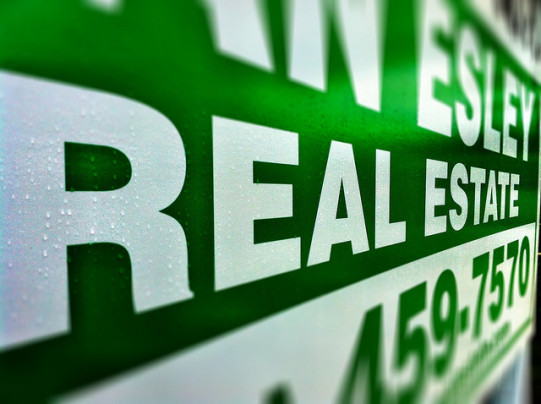The fact that younger Americans these days are facing some financial challenges is well documented. Rent has increased and so has student loan debt. That can make saving money to buy a home difficult. So it shouldn’t be too surprising to hear that there are an increasing number of young adults living with their parents. But new numbers from the Urban Institute make clear just how many. According to their research, the share of people between the ages of 25 and 34 who are living with their parents has increased from 11.9 percent in 2000 to 22 percent in 2017. “This translates to more than 5.6 million additional young adults under their parents’ roofs between the two years,” the study says. “This trend matches the decline in young adults’ marital rate (from 55.3 percent to 40 percent) during this period.” In short, young Americans are getting married and establishing households later in life. So what does this mean for the housing market? Well, it means there are a lot of potential first-time home buyers who are going to be looking for affordable, entry-level homes in the years to come. How, where, and when they decide to enter the market will affect competition, prices, and available inventory for buyers everywhere. More here.
Archive for February 2019
Home Buyers Finally Beginning To See Options
Finding the right home involves a little bit of luck. After all, the chances that there’ll be a place in your price range, with all of the features you desire, in the neighborhood you want to live in, at the exact time you’re looking aren’t necessarily great. But, the more homes there are available for sale in the area you’re searching, the better those odds become. That’s why inventory is such a hot topic these days. There’s been a shortage of homes for sale over the past few years and it’s made buying a house more difficult, especially in affordable price ranges popular with buyers looking for their first home. But recent numbers show that conditions are beginning to swing back in favor of home buyers. That’s because, inventory has been rising, and at a good pace in the markets that need it most. In fact, in some of the nation’s most competitive markets – like San Jose, Seattle, Denver, Los Angeles, and San Diego – the number of homes for sale has seen double-digit increases year-over-year. This is undoubtedly good news for home shoppers, as it means better odds they’ll be able to find and purchase a home that fits their needs. However, because the previous years’ inventory declines were significant, it’ll take some time to reverse those losses. That means, buyers can still expect a competitive market this year, though it’s finally trending in their direction. More here.
Mortgage Rates Are Dropping But So Is Demand
According to the Mortgage Bankers Association’s Weekly Applications Survey, average mortgage rates were down across all loan categories last week. Rates fell for 30-year fixed-rate loans with both conforming and jumbo balances, loans backed by the Federal Housing Administration, and 15-year fixed-rate loans. But despite rates having become more favorable over the past several weeks, demand for loans to buy homes has also been falling. Joel Kan, MBA’s associate vice president of industry surveys and forecasts, says uncertainty is behind the decline. “Application activity fell last week – even with rates decreasing – as renewed uncertainty about the domestic and global economy likely held potential home buyers off the market,” Kan said. “Despite the recent decline in applications, we still expect that the continued strength of the job market and lower rates will support more purchase activity in the coming months.” The MBA’s weekly survey has been conducted since 1990 and covers 75 percent of all retail residential mortgage applications. More here.
Analysis Looks At Down Payments By State
Saving for a down payment is often a big hurdle for buyers, especially those purchasing their first home. Without the benefit of equity from a previous home’s sale, first-time home buyers have to come up with the money from scratch. That can be difficult, especially if they live in an area where there are fewer homes available in an affordable price range. So, if you’re thinking of buying a home in the near future, how much should you expect to need? Well, one recent analysis looked at down payments by state and found that the nationwide average was $28,000 – though there was a pretty wide range depending on location. For example, West Virginia had an average down payment of just over $15,000, while New York came in at $43,404. Other states, including Florida, Texas, North Carolina, Nevada, and Illinois, were within a few thousand of the national average. Wherever you’re buying, though, you will have options depending on the particular terms of the loan type you’ve chosen. Which means, averages are good for getting a ballpark idea of what other buyers are putting down but may not reflect the actual amount required when it comes time to sign the paperwork. More here.
How Long Do Buyers Spend Looking For A Home?
Choosing a home to buy is a pretty big decision. For the amount of money and time you’ll end up investing, it wouldn’t be smart to make it a hasty one. But depending on how competitive your market is, you also can’t spend too much time deliberating over a particular property. So what’s a normal amount of time to expect to be searching for the right home to buy? Well, according to new numbers from the National Association of Home Builders, 58 percent of buyers who were actively looking for a home to buy during the fourth quarter of last year said they’d been searching for three or more months. The reasons they said they’d been looking that long were fairly evenly split between those that were having trouble finding an affordable home and those that said they couldn’t find any homes that had their desired list of features. But buyers weren’t discouraged. In fact, the vast majority said they planned to continue looking in the neighborhoods they’d been searching, while 44 percent said they’d expand their search area to better their chances. More here.
Number Of Equity Rich Properties On the Rise
Buying a home means making an investment in the real estate market. And, while it may not be your main motivation for buying, the chance that you’ll see a return on that investment is undoubtedly a good thing. It’s among the reasons that homeownership has retained its appeal over the years. It’s also why new numbers from ATTOM Data Solutions are encouraging. Their Year-End 2018 U.S. Home Equity & Underwater Report shows that in the fourth quarter of last year more than 14.5 million properties were considered equity rich – which means the loans used to purchase the property are 50 percent or less than the estimated value. In short, an increasing number of American homeowners are seeing their investment grow. Todd Teta, ATTOM’s chief product officer, says – in addition to increasing values – homeowners are seeing their equity grow because they’re staying in their homes longer. “With homeowners staying put longer, homeownership equity will most likely continue to strengthen,” Teta said. The rise of equity rich homeowners also coincides with a dramatic decline in the number of seriously underwater properties, which have dropped from nearly 30 percent in 2012 to just 8.8 percent at the end of last year. More here.
Americans See Affordability Conditions Improving
Last year’s housing market had its challenges. Though there was plenty of interest from home buyers, too few homes for sale, rising interest rates, and high prices dampened some of the enthusiasm. Now, according to the most recent Home Purchase Sentiment Index from Fannie Mae, Americans may be feeling more optimistic about their options. That’s because, in addition to an 8 percent increase in the number of respondents who say their income is substantially higher than it was at the same time last year, there are also a declining number who feel home prices and mortgage rates will keep rising. In short, consumers feel more confident in their money and see affordability conditions starting to improve. Doug Duncan, Fannie Mae’s senior vice president and chief economist, says the boosted optimism and more favorable conditions may help home sales this year. “Overall, these results are in line with our forecast that, amid improving affordability conditions, home sales should stabilize in 2019 after declining last year for the first time in four years.” More here.







